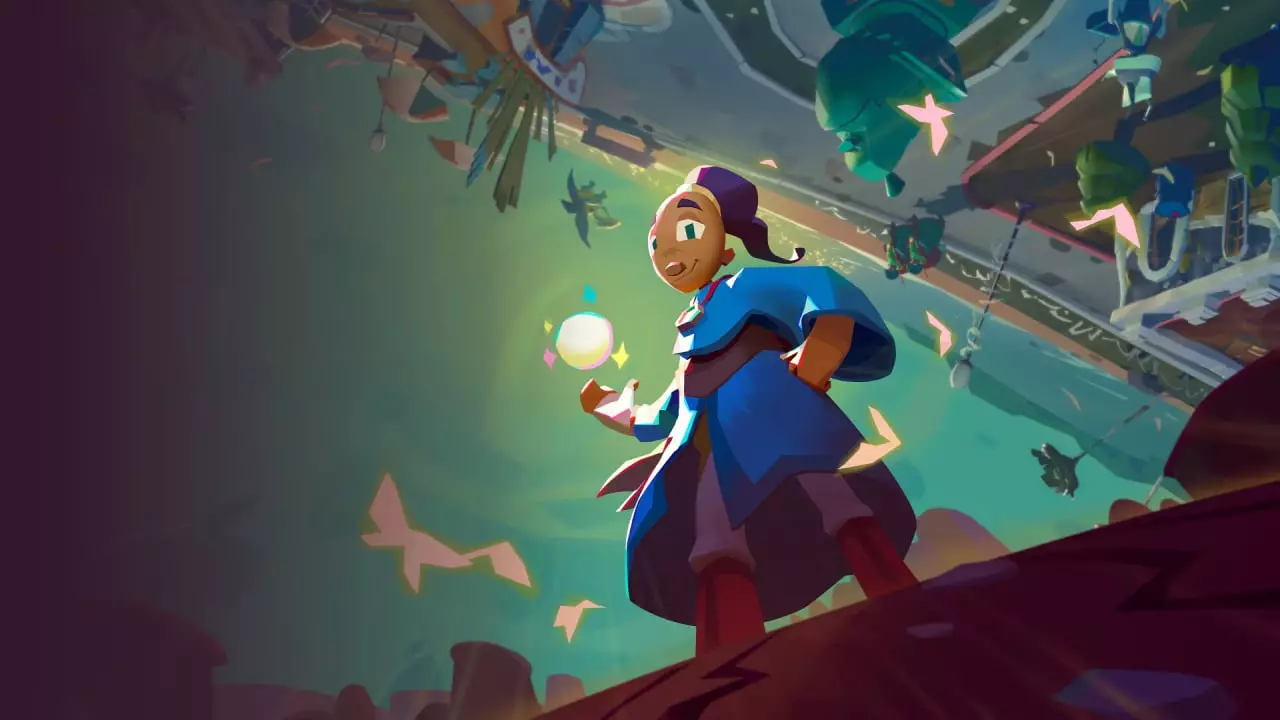For many who grew up in the mid-90s, Little Big Adventure (LBA) stands as a cherished memory encapsulated in the pixels of the past. Launched on PC in late 1994 and soon migrating to platforms like PlayStation, it may not have topped sales charts but it indelibly made its mark as a cult classic. This whimsical tale weaves together the themes of rebellion, destiny, and the fight against tyranny, encapsulated through the journey of Twinsen, its protagonist. Understanding the intricacies of “Twinsen’s Quest,” the title that refurbished this enchanting narrative, begins with acknowledging its rich and storied origins from French studio Adeline Software.
As the creators at [2.21] stepped in to breathe new life into LBA, their mission was clear: retain the essence while updating the execution. The original game was memorable not just for its narrative but also for its distinct control mechanisms, which, while innovative for their time, have not aged well. The experience was built around a somewhat clunky tank control scheme and a unique mood system. Players could switch between different emotional states, influencing Twinsen’s actions ranging from sneaking to running. Yet, upon reflection, these mechanics often disrupted flow, particularly in fast-paced scenarios.
The remake has made significant adjustments, opting to completely eliminate tank controls and streamline movement. While some might view this as a betrayal of the original spirit, it is crucial to recognize that modern gaming has evolved. In today’s landscape, smoother controls and intuitive gameplay are paramount. Despite this well-intentioned redesign, the implementation appears to fall short—Twinsen now runs regardless of how far the stick is pushed, with the ability to toggle walking feeling like an afterthought. Although Corraling multiple controls into one action sounds appealing in theory, the result is a simplistic approach that loses the nuanced charm of the original experience.
The visual landscape of “Twinsen’s Quest” has undergone drastic transformation. The new 3D graphics, while colorful and vibrant, shift the game’s tone from the quaint, isometric pixel art style to a more modern aesthetic that, surprisingly, leans towards the exaggerated and cartoonish. One might argue that this departure detracts from the game’s nostalgic roots, diminishing the unique atmosphere that once captivated players. Though the revamped visuals do resonate with the whimsical soundtrack revisited by composer Philippe Vachey, they fail to capture the magic of the original art style that perfectly complemented its quirky universe.
Despite the visual overhaul, one can’t help but notice the gaps in animation quality. The character transitions can be jarring; Twinsen abruptly halting mid-action can pull players out of the immersive experience, leaving a sense of disconnection. These misses, paired with the absence of the double-bass sounds synonymous with the “discreet” mood, give a bittersweet taste to the reimagined experience.
At the core of Twinsen’s Quest lies a quest-driven narrative filled with fetch quests and relational exchanges among vibrant, anthropomorphic characters. While the storyline unfolds with charm, engaging players in its intricacies, the execution can often devolve into moments of frustration. The reliance on dialogue exchanges to progress through segments frequently leads to the tedious experience of backtracking, exacerbated by the occasional critical error in direction provided by NPCs.
Combat also feels disjointed, lacking the finesse to make encounters enjoyable. Engaging with the world’s enemies feels awkward and clunky, leaving much to be desired. Both punching and platforming suffer the same fate—being relegated to simplistic mechanics that rarely deliver satisfying results. Coupled with various bugs that prompt unexpected reloads and dialogue issues, the game can test the patience of even the most dedicated fans.
Ultimately, what remains from this modern iteration of Little Big Adventure is a blend of charm and chaos—equally nostalgic yet distinctly flawed. The shift away from original gameplay mechanics, coupled with fresh graphical revamps, creates a product that feels both familiar and foreign. While it fulfills the desire of long-time fans to revisit Twinsen’s world, the hiccups in navigation, storytelling execution, and overall polish leave it short of prevuing a timeless classic.
Newcomers may find themselves enchanted by the quirky characters and vibrant settings, but they may also face substantial frustrations stemming from the narrative structure. Likewise, veteran players may admire the ambitious rework yet see it as a shadow of its past self. Thus, while “Twinsen’s Quest” occupies a fun niche in the gaming landscape, its lack of refinement suggests that it may not stand the test of time quite as its predecessor did thirty years ago.

